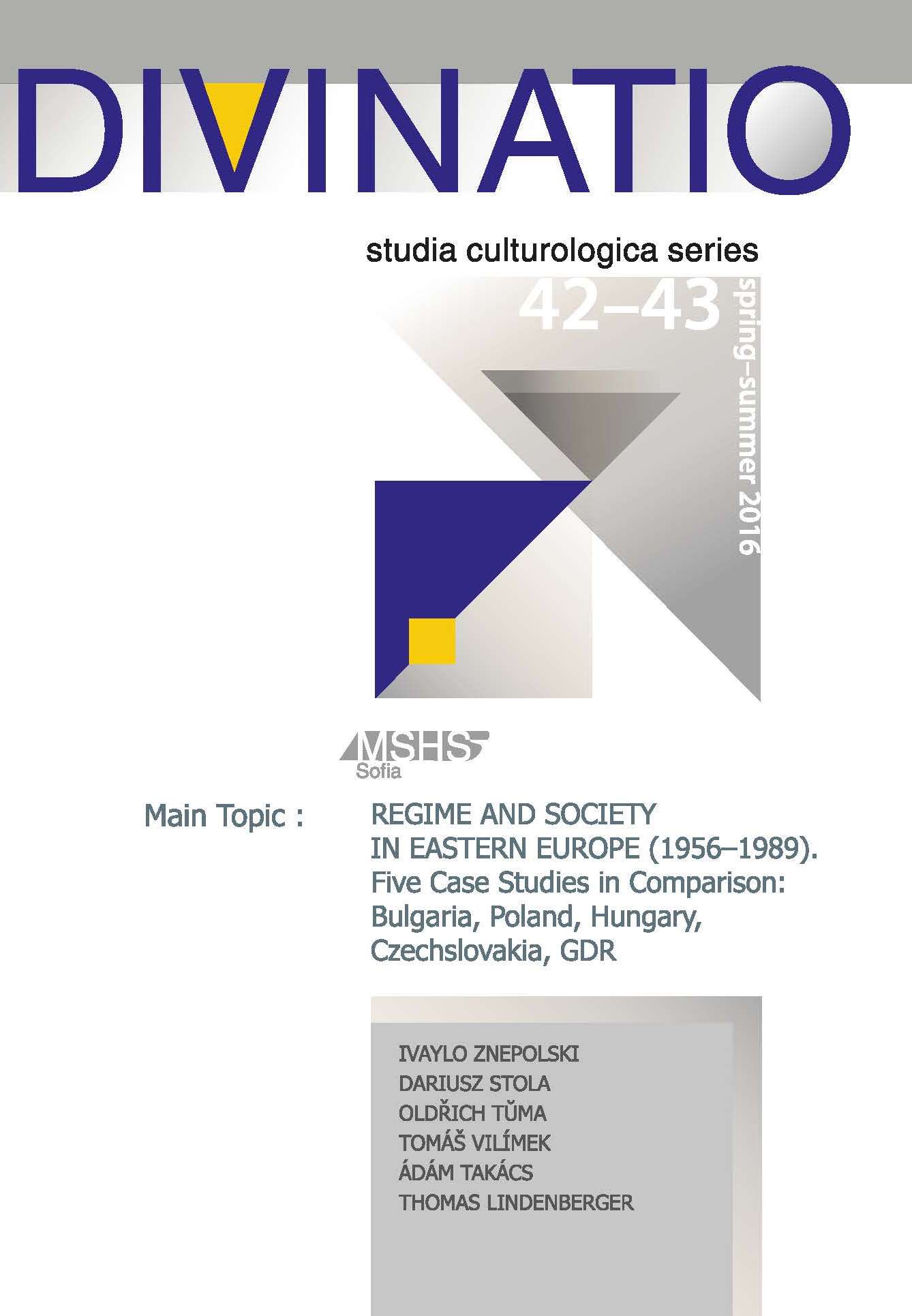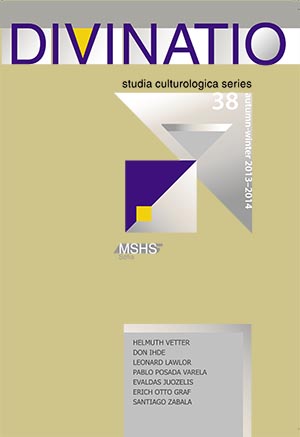
Wilhelm Dilthey, Martin Heidegger and Heidegger's anti-Semitism
Wilhelm Dilthey, Martin Heidegger und Heideggers Antisemitismus
Keywords: Wilhelm Dilthey; Martin Heidegger; anti-Semitism
More...
Keywords: Wilhelm Dilthey; Martin Heidegger; anti-Semitism
More...
Keywords: Deleuze; ethics
More...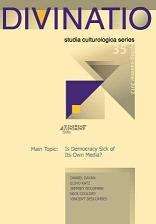
MAIN TOPIC: IS DEMOCRACY SICK OF ITS OWN MEDIA?
More...
BOOK REVIEWS / Three Perspectives to Plamen Doynov’s The Bulgarian Soc-realism: 1956, 1968, 1989. Norm and Crisis in the Literature of PRB
More...
DEBATES: HOW TO WRITE THE HISTORY OF THE COMMUNIST PAST? / This study is the Foreword of the book: The People’s Republic of Bulgaria: From the Beginning to the End (NRB. Ot nachaloto do kraya). Еditor: Ivaylo Znepolski. Authors: Ivaylo Znepolski, Daniel Vachkov, Ivan Elenkov, Martin Ivanov, Michail Gruev, Momchil Metodiev, Plamen Doynov. Sofia: Institute for Studies of the Recent Past / CIELA, 2011, pp. 479.
More...
BOOK REVIEWS / Three Perspectives to Plamen Doynov’s The Bulgarian Soc-realism: 1956, 1968, 1989. Norm and Crisis in the Literature of PRB
More...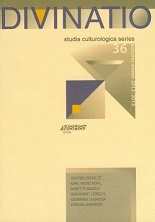
ESSAYS
More...
This paper discusses the current fantasy of the technological singularity and the humanist vision of transhumanism together with professional philosophy’s enduring resistance to a critical philosophy of technology and action. Drawing upon Martin Heidegger’s Question Concerning Technology as much as Max Horkheimer’s and Theodor Adorno’s Dialectic of Enlightment Günther Anders’ dissonant insight is that we are born not made. For Anders, we want to be as perfect as only something we have made is meant to be perfect and our vision of that perfection is the machine. This essay reviews machine obedience, military programming, and the audience as commodity, Fritz Lang’s Metropolis and the mechanical fantasy of labor and the heart (work and sex) as well as Anders’ book on the obsolescence of the human.
More...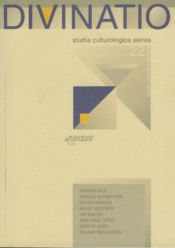
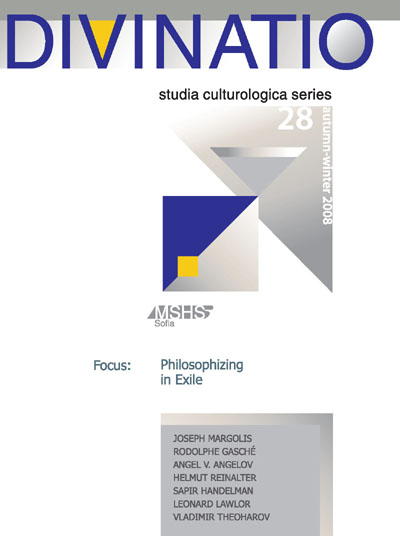

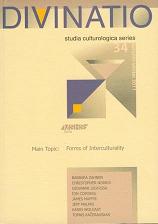

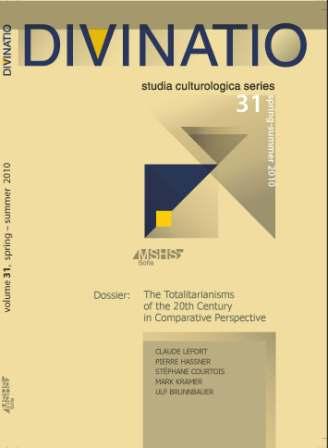
According to a view widely shared both by ordinary people and social scientists in Hungary, Hungarian socialism, beginning from the late 1960’s, created a unique atmosphere within the communist system of the Eastern Bloc. The main feature of this “Hungarian model” of socialism was its capability to transform the repressive, totalitarian aspects of the communist dictatorship, characteristic of the 1950’s, into a more liberal form of authoritarianism.
More...
The structural model of totalitarianism, as we know it from the classic works of Hannah Arendt, Carl J. Friedrich, Zbigniew Brzezinski and Raymond Aron, was rather influential throughout the period from the late 1960’s until the collapse of communism in Europe, but has not been particularly effective in explaining the later forms of totalitarianism, a changing subject.
More...
The concept of Totalitarianism which tends to compare, and even to put on the same level, Bolshevism, Fascism and Nazism, suffers from the conditions at the time of its birth. Some historians still do not like to use it, due to a strong argument about its use as a political weapon during the Cold War, when the concept reached its theoretical achievement. But this argument forget that, for the interwar period, the comparison between the three systems was already common.
More...
The following vignette illustrates the complex relationship between popular strategies of communication with the state, ideological inconsistencies and contingent everyday lives. It is also indicative for the peculiar nature of state-society relations under communism: on the one hand, the ideology of the authoritarian state penetrated even the most private of spheres; on the other hand, the social practices of the people often did not match the ideological blue-prints.
More...